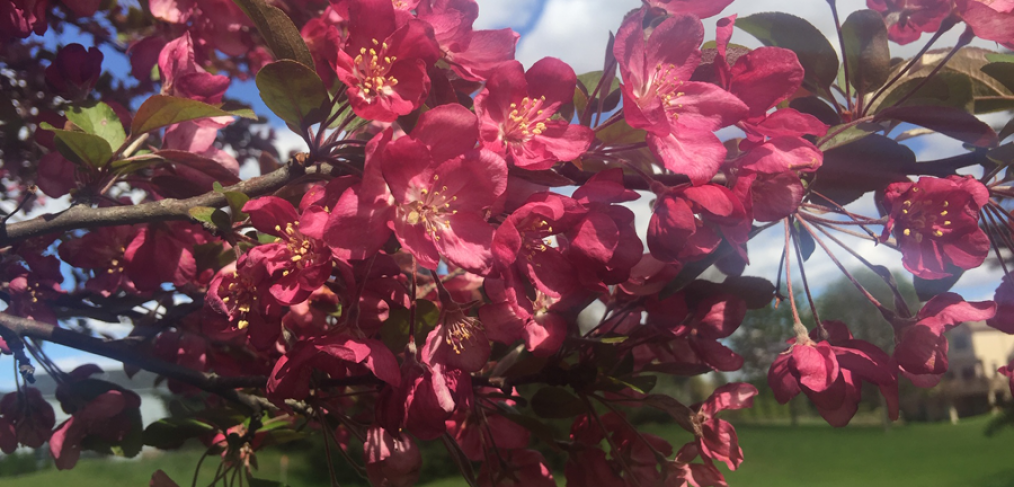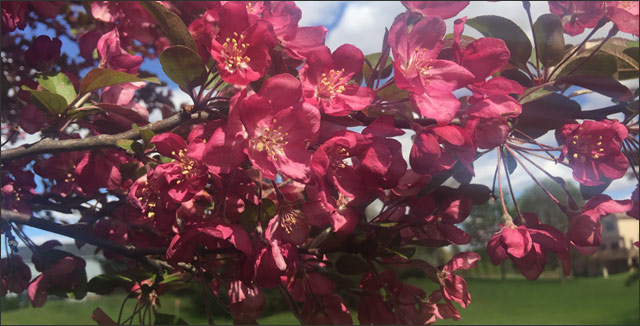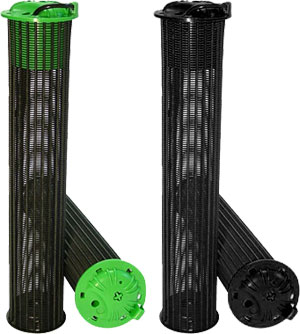
3 Basics Your Growing Tree Needs

What does a growing tree need to flourish?
Growing a tree can be quite a science. It may be confusing trying to determine the essential considerations that are needed to help grow your trees efficiently and successfully.
At Rootwell Products, Inc., we understand that and want to make the process easier. Read on for three essential basics to consider that will maximize your efforts to help your tree thrive.
The Basics – What Your Growing Tree Needs
If you are looking for help to care for a new tree, it’s unlikely that you’ve started it from a seed or a seedling.
Most new trees intended for landscaping have been uprooted from a nursery or potted and carefully tended before being bought.
In any case, young trees are much more susceptible to what is called transplant shock. This shock happens because transplanted trees can lose up to 90% of their root systems when they are moved.
Smaller trees do better when they are transplanted. For every inch of tree diameter, it needs a year of recovery time. The bigger a tree is when it is moved, the more of its root system has been lost, and the more time it will take to reestablish itself.
Let’s talk about the three basics every growing tree needs.
#1. Soil
When we talk about soil, we are first and foremost talking about location, location, location.
The ground that your tree is planted in will have a significant effect on its development. That means before you place a new tree, you need to make sure that the location you are choosing will be right for its long-term health.
- Does it have good drainage?
- Is the soil high in sand or clay content?
- Is it a windy location?
- Does it get enough sunlight?
Digging a hole
The next step is to prepare a hole for your tree the right way.
Unfortunately, you can go wrong with this in two ways: you can dig your hole too deep, or you can make it too narrow.
It’s not enough to dig a hole twice as deep and wide as the root ball. What you need to look for is the trunk flair. This is the place where the trunk begins to flair out and where surface roots will want to stay above ground.
You should never plant a tree in soil above its flair and surface roots. It’s better to plant a tree too high than to plant it too deeply.
Why? More plants die from overwatering because of sitting in a boggy hole than from not getting enough water.
What you need to do to prepare the hole is to dig it wide but not too deep.
Make sure the trunk flair and up to 25% of the root ball is above ground. It’s always a good thing to amend the soil with compost before replacing it around the root ball.
However, if the hole you dig is too narrow, it won’t matter how much compost is there because the roots won’t want to go anywhere else. As you plant, water halfway through to make sure there are no air pockets.
Helping the Roots
Are your tree’s roots bound up together? Are they growing in a circular pattern or conformed to the shape of the pot?
If the roots stay tangled, they will be unable to grow and access water. Your tree will slowly die, no matter how much compost and water you give it.
Don’t worry about hurting the roots. You might have to break or cut some away if they are too tightly wound together. Don’t worry about disturbing the soil around the roots either, if this is the problem. Just untangle them as best you can before planting.
#2. Sunlight
Photosynthesis is the process of the conversion of light energy to chemical energy and storing it in the bonds of sugar.
In other words, photosynthesis allows sunlight to give your tree the ability to produce food. When a tree’s foliage is shaded and is not provided with enough sunlight, the number of leaves and sugars produced will decrease.
Each tree, depending on its species, will need a distinctive amount of sunlight. When a tree is deprived of sunshine, it is a critical situation as the ability to produce food is significantly reduced or completely diminished and your tree may not survive.
#2. Moisture
The amount of moisture you provide your tree’s soil will affect its ability to flourish.
Your tree needs adequate moisture, while at the same time the ability to obtain air exchange and nourishment to reach deep into the root zone, the deep part of the soil that can be penetrated by the tree’s roots.
Your tree needs a considerable amount of water, adequate oxygen, and nutrients to develop.
Compacted or heavy soils may hold too much water that will suffocate the roots. Gravelly or sandy soils often struggle to hold any water for some trees.
Watering
More critical for establishing a new tree than nutrients in the soil is water. A new tree needs to focus all of its energy on getting set.
Growth nutrients will stress the tree, which doesn’t need to produce more leaves or fruit. However, those shocked roots need water and lots of it. You will have to water your new tree until it is established, which can take months.
New trees will need to be watered every day, as they lack their feeder root or taproot. After two weeks, they may do well with being watered every other day.
It’s important to note that it’s also easy to over water a new tree and kill it that way. You need to pay attention to what you can see.
If your new tree loses more than half of its leaves, it might be an indication that you are watering too much if you are watering every day.
Brown leaves usually mean the tree isn’t getting enough water, especially if they start to brown around the margins. The surface of your soil can’t tell you very much, as it can be wet when several feet down it is too dry, and vice versa.
Mulch
Organic mulch – ground bark, wood chips, and shredded leaves – can do a lot for a tree just getting established.
Put a layer three inches thick around the base of the tree out to the drip line (to where the branches extend) or further.
The mulch keeps the roots cooler near the surface and retains moisture in the soil, as well as acting as a slow-release fertilizer. However, make sure the mulch isn’t resting against the trunk.
Bringing it Home

Rootwell Pro-318 Direct-to-root Watering System
It may be challenging to provide your tree with the perfect location that offers everything it needs to prosper. Rootwell Products Inc.’s Pro-318 aeration tubes will aid as an essential component for your growing tree.
The Pro-318 will help you to provide your tree with the ability to receive the proper amounts of nutrients, oxygen, and moisture it needs to flourish.
Please visit our Retail Store to see all of our products.

